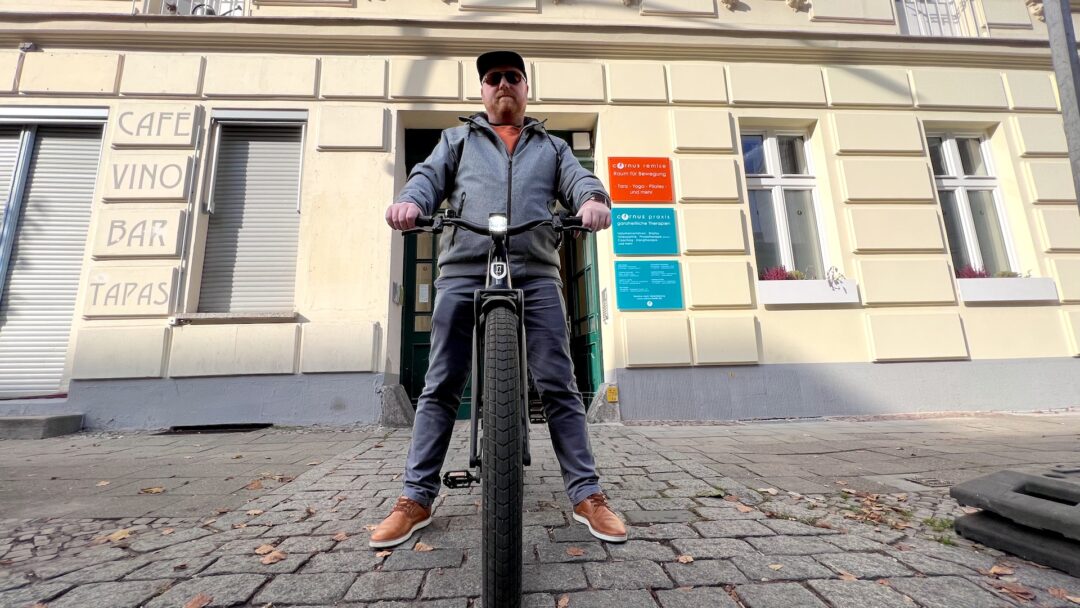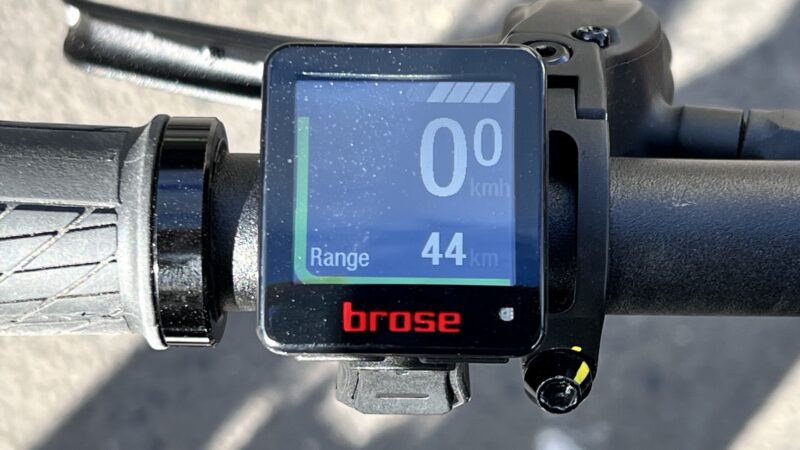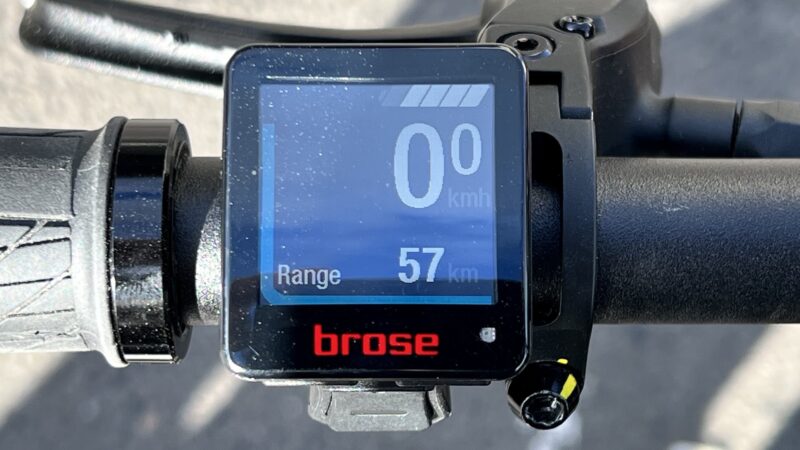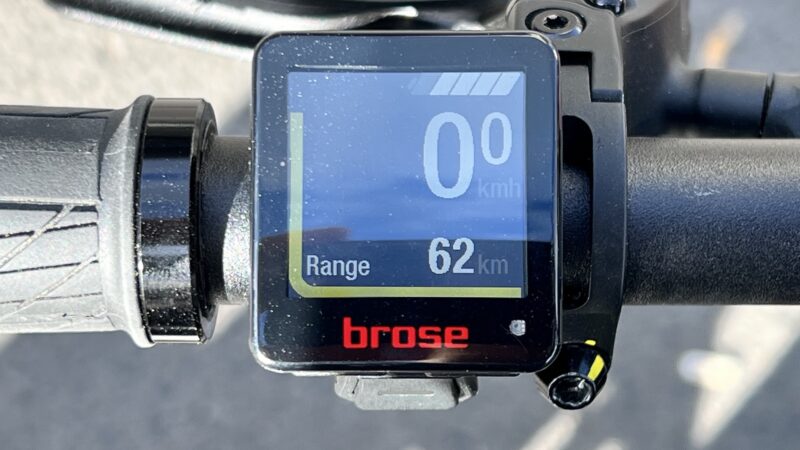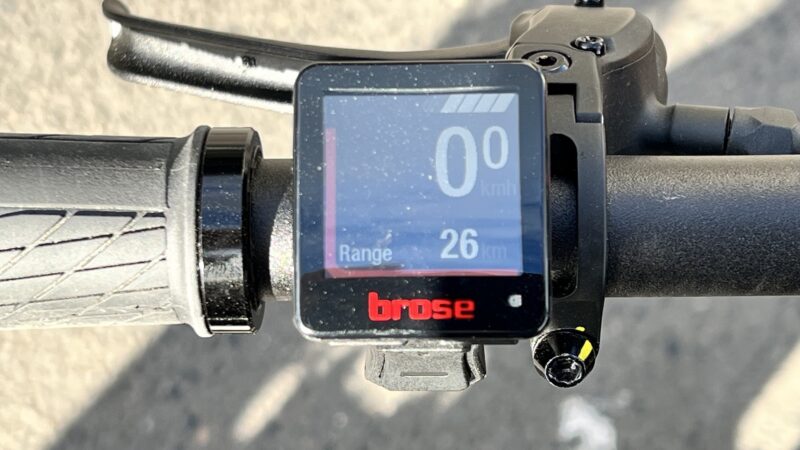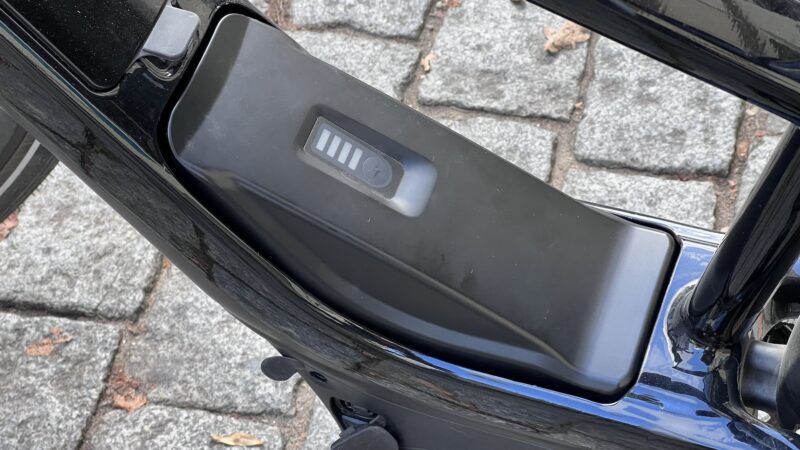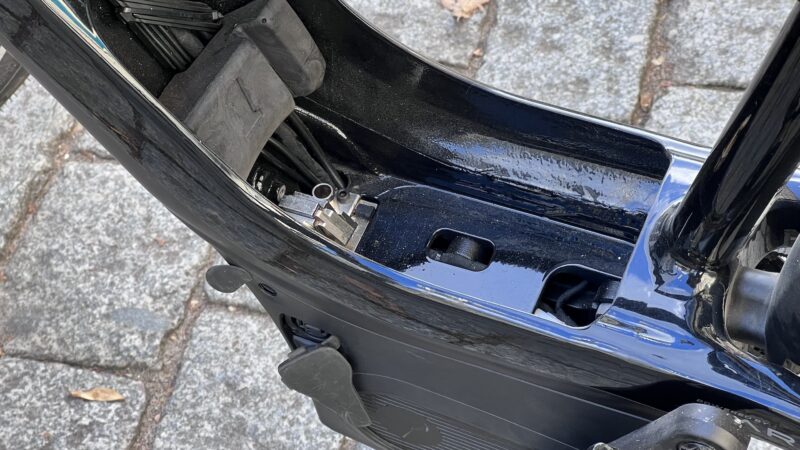The first real motorcycle from the legendary Harley-Davidson saw the light of day way back in 1903 under the name Model One. It was a prototype that could go 56 kilometers per hour. The motorcycle was mass-produced in the period 1905-1906 and appeared i.a. with classic bicycle saddle and wide, white bicycle tires.
And it is precisely this über-classic design that has been the source of inspiration for Harley-Davidson’s new electric bike, Serial 1, which we were finally allowed to test over three autumn days in Berlin in mid-October.
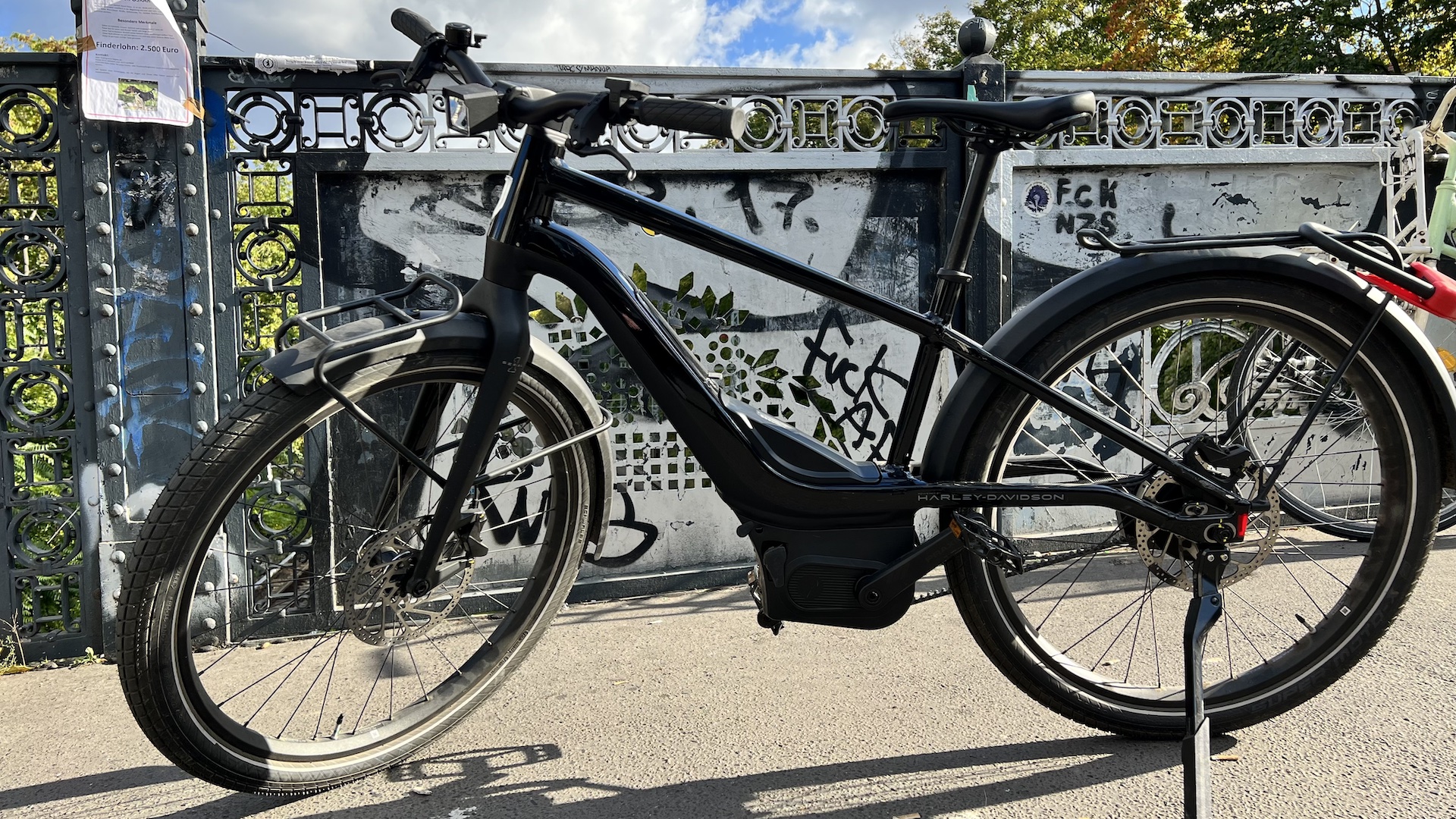
Even though the name Harley-Davidson is writted all over the place on the rather special electric bike, Serial 1 is in fact an independent company that produces the bike under license from Harley-Davidson. Thus, the bike is also just ‘Powered by Harley-Davidson’.
The original plan was to try the Serial 1 Rush City in Copenhagen, but in the end we had to go to the german PR company in order to get our hands on the bike, and we therefore ended up cycling around Berlin on cobbled streets and narrow bike paths filled with holes.
But nothing is so bad that it is not good for anything, because the somewhat more bicycle-hostile Berlin was of course also a greater challenge for the most expensive Serial 1 model than Copenhagen would have been, and thus we were able to really put the expensive electric bike to the test.
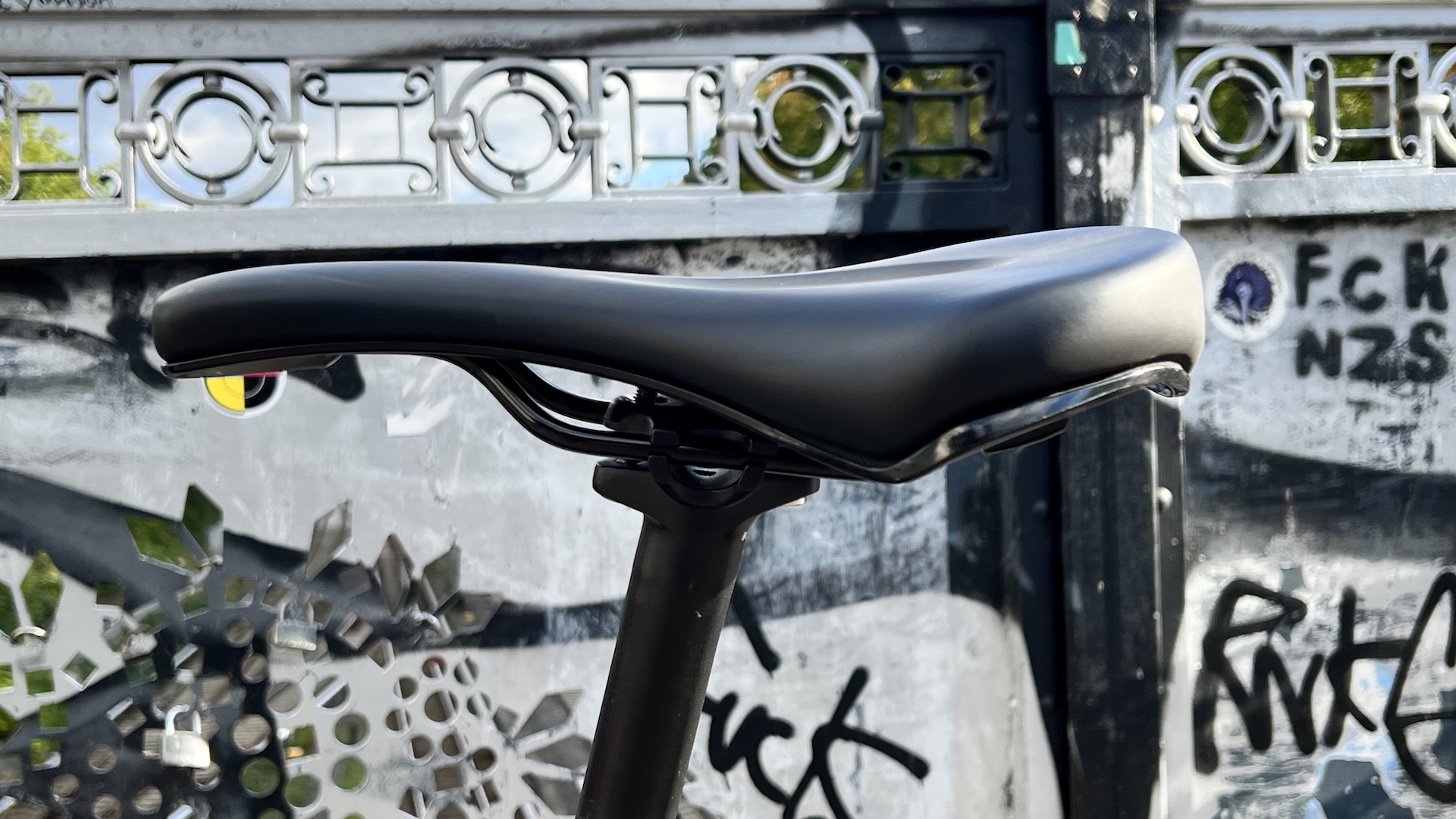
Heavy electric bike hurts the butt
Berlin does not have many large hills, but the city lacks good cycle paths, and therefore one quite often moves around on the ordinary roadway among cars and motorists who are not very good at making room for fellow road users by bike. In that context, it is practical to have an electric bike that can move fast, and Serial 1 Rush City can happily do that. Especially when accelerating.
The electric bike is equipped with a 250 W Brose S Mag motor, which has a torque of 90 Nm and is centrally located between the pedals. Serial 1 thus basically has lots of power, and in addition there is a so-called Enviolo Automatiq CVT automatic transmission, which ensures seamlessly sliding gear changes, so you can really thread the pedals, even when you start after waiting at the red light. With the small bicycke computer on the handlebars, you can choose between four different driving modes – Eco, Tour, Sport and Boost – which regulates the acceleration force and the speed of the gear shift. And if you drive in either Sport or Boost mode, the bike pulls off faster than most cars, so at that point, there is not much to criticize.
The problem is that Serial 1 Rush City due to its heavy and wide frame and 2.4” wide tires weighs a full 27 kilos. The electric motor can easily pull that weight when accelerating and driving below the permitted 25 km/h, but that speed is reached quickly. If you drive just around 25 km/h or a little faster, you get no further assistance from the engine, which results in the electric bike’s high dead weight suddenly being extremely noticable.
The driving experience is not enhanced by the fact that the Serial 1 Rush City is not equipped with even the slightes of suspension. Sure, the electric bike has wide tires, but the combination of the high weight, lack of shock absorption and the hard saddle make it a pain in the lower back side of the body to ride on such an uneven surface that Berlin’s streets and bike paths have to offer.
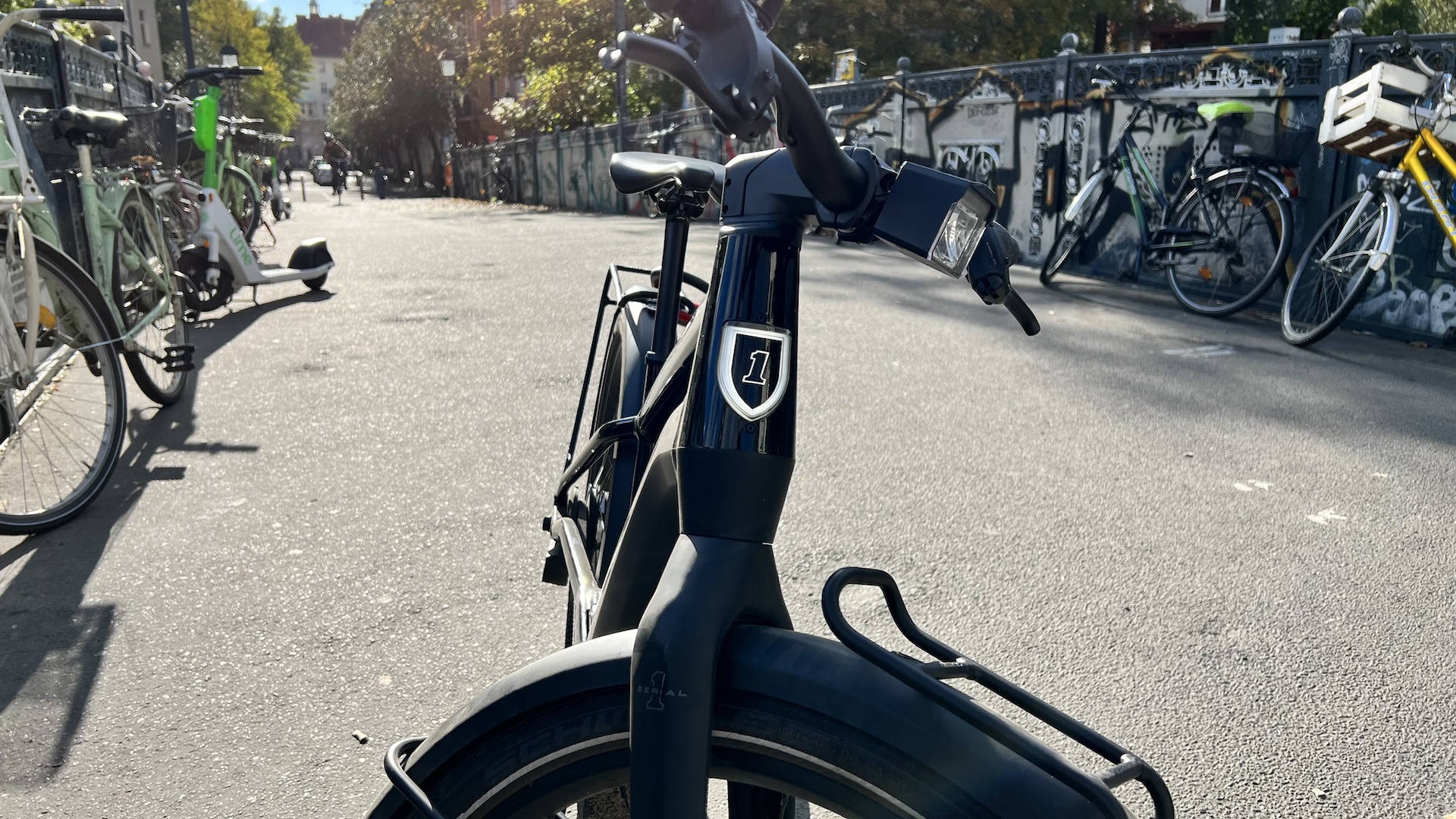
Missing crucial technology
But perhaps the slightly mixed driving experience is bearable, if one really, really likes the aforementioned iconic design. You have to suffer for the beauty, and in addition you can also choose to ride on a more even surface. After all, riding a Harley-Davidson was always a matter of style.
On the other hand, better paving does not help that the Serial 1 Rush City lacks a lot of technology, which honestly should have been expected at the price.
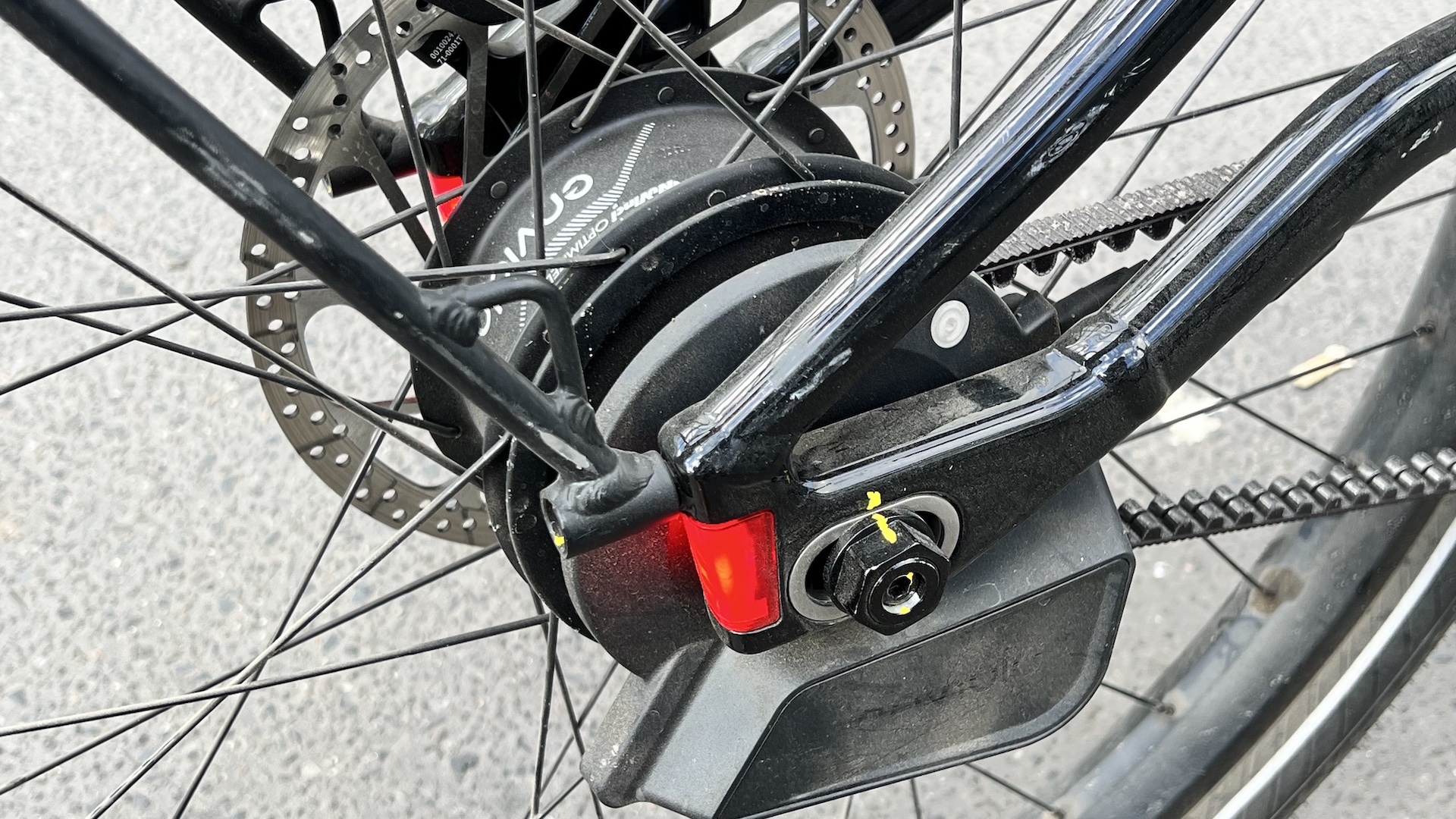
For all the Serial 1 models are frankly expensive at home. The smallest and cheapest edition, called Mosh City, costs GBP 3,339, while our test copy comes with a price tag of GBP 4,499. And well enough, the design of the electric bike with the distinctive saddle and black frame gives nostalgic memories of Harley-Davidson’s first hog, but is it really enough to justify the exorbitant price?
This is a good question when you, for example. compare Serial 1 Rush City to the Vanmoof S3 or X3, both of which cost less than half. Because no matter how great the design, Serial 1 may offer, the Harley electric bike competes against products on the market, which we have called the most innovative and technologically advanced electric bikes you can buy for money when we tested them last year.
Not least because Vanmoof’s bikes both offer numerous safety features such as built-in GPS and a burglar alarm that goes off immediately if unauthorized persons try to move the bike – a protection that is absent on the more than twice as expensive Serial 1 Rush City.
On the other hand, you do not have to lug your 27 kilo Serial 1 Rush City up to the apartment to charge the battery, which was the case with the Vanmoof bikes, both of which have the battery built into the frame. The 706 Wh large battery can be removed and charged using the included adapter, which takes six and a half hours from 0 to 100 percent. But that and so possibly the design (depending on taste and liking) is also the only real advantage that Serial 1 Rush City has over the competitors from Vanmoof. And that would also have been the conclusion, even if the bikes had cost the same.
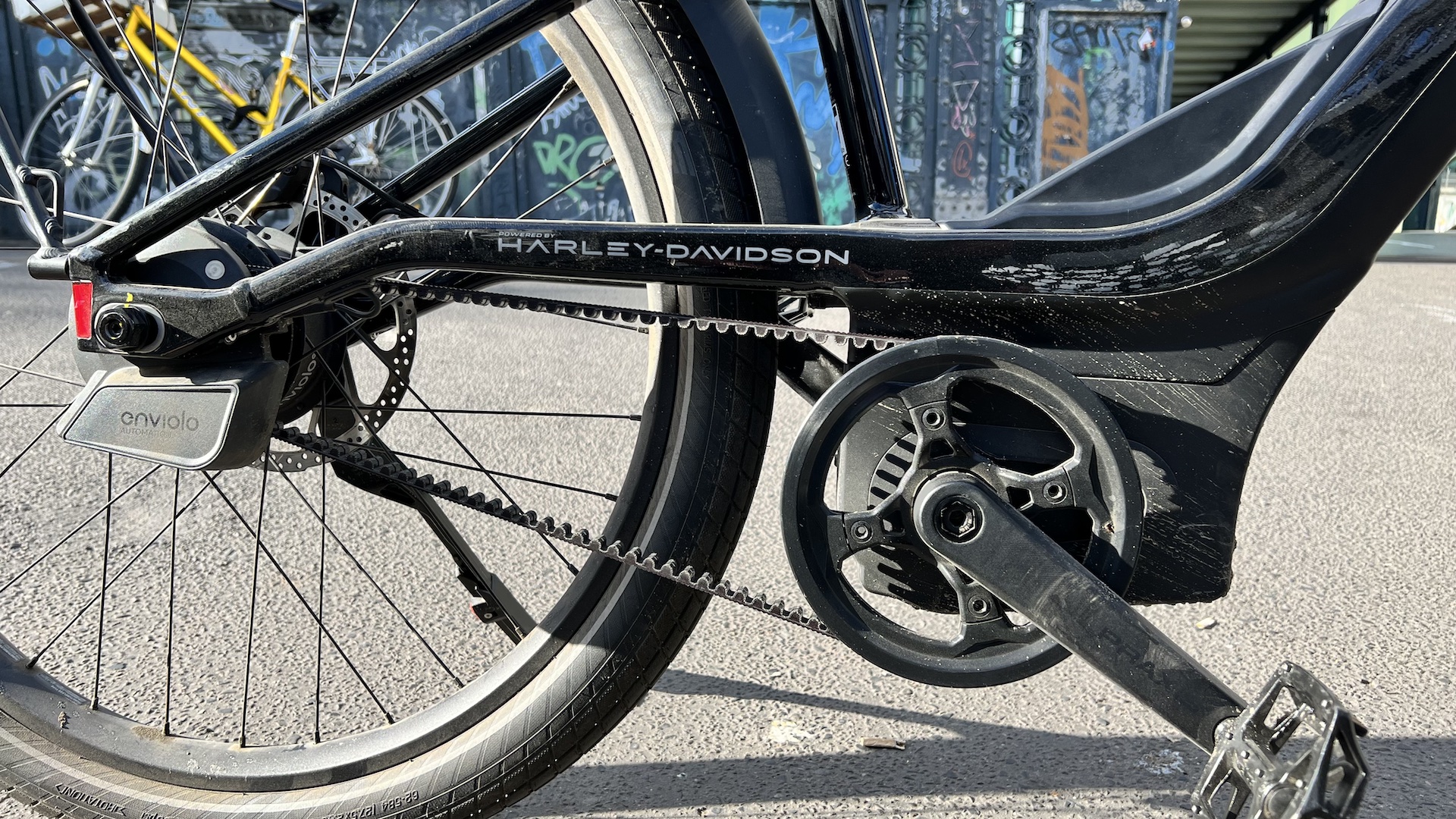
Conclusion
But they do not. Instead, you have to soften almost GBP 5,500 for a heavy, poorly sprung bike that can may well accelerate quickly, but has no more than the most necessary technology built in. And you have to be more than usually enthusiastic about the Harley-Davidson style to want to pay for thet, we should think. At least we have a hard time giving a wholehearted recommendation.

We think
Iconic design and lightning-fast acceleration. And then the battery can be removed and charged upstairs in the apartment. Heavy cycling provides a heavy riding experience over 25 km/h. Also lacks shock absorption, and the hard saddle does not help either. Has no built-in alarm, GPS or any other anti-theft protection.
4499 €
Specifications
- Engine and torque: Brose S Mag 250 W, 90 Nm
- Control: Brose Display Allround, Enviolo app (Android, iOS)
- Range: 185 km
- Battery and charge: 706 Wh, 36 V
- Transmission: Enviolo Automatiq CVT
- Wheels: 27.5 ”x 2.4” Schwalbe Super Moto-X
- Brakes: Hydraulic disc brakes front and rear
- Equipment: LED signature light
- Weight: 26.8 kg
- Web: serial1.com
